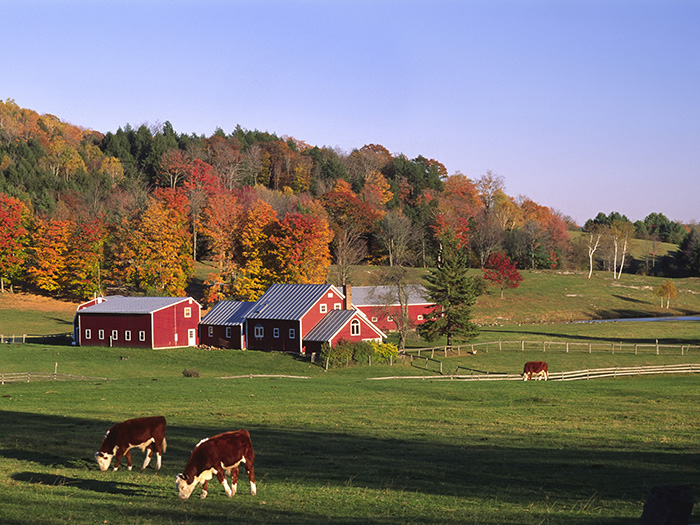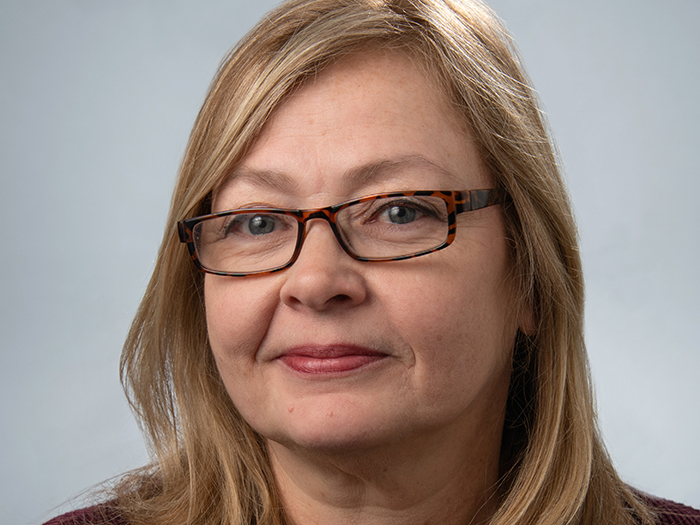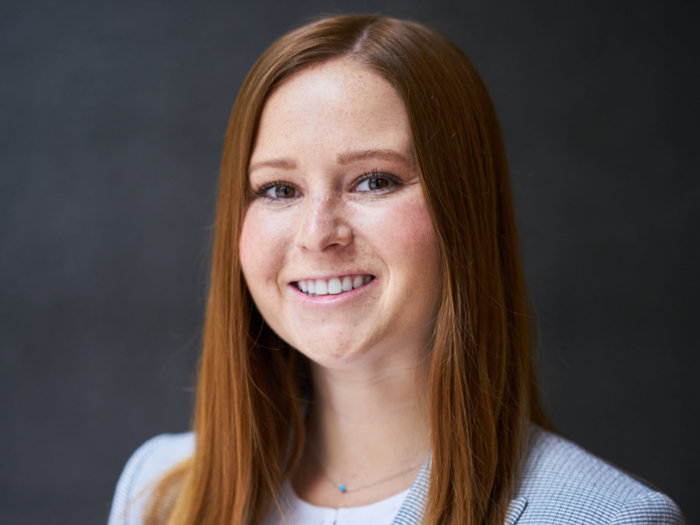2021 Was a Busy Year for Vermont’s Captive Industry. What Will 2022 Bring?

It’s been a busy year for Vermont’s captive insurance industry.
The state celebrated 40 years since its legislature passed the Special Insurer Act of 1981, which allowed businesses to form captives. Vermont is now the largest onshore captive domicile and the third largest in the world, with almost 600 active captives, $25.4 billion in gross written premium and $212 billion in assets under management.
“We’ve achieved so many milestones over the last 40 years,” said Christine Brown, CFE, assistant director of captive insurance, State of Vermont. “We really have an incredible story here in Vermont.”
Beyond the anniversary celebrations, the captive industry in Vermont saw a high number of formations this past year, keeping the domicile on its toes.
“The captive industry has been experiencing tremendous growth over the last couple of years,” Brown said. “2021 was the 4th highest year for number of licenses granted in our history, topped only by our first year and the two years following the 9/11 terrorist attacks.”
The state saw 45 new captive formations in 2021, with another 8 looking to start licenses on January 1, 2022. This is a significant uptick from last year, when there were 38 formations and an even bigger leap from a typical year, where there are 20-25 formations, according to Brown.
“We have this huge pool of knowledge here in Vermont that is really difficult to find elsewhere,” Brown said. “And that contributes to our ability to operate at the speed of business and in a cost-effective way.”
Trends in Captive Formation

Christine Brown, CFE, assistant director of captive insurance, State of Vermont
A hardening market — driven in no small part by the COVID-19 pandemic and the high number of extreme weather events of the last year — certainly played a role in the increase of captive formations.
“The pandemic and some of the weather events that we’ve experienced are all contributing to the really hard market that we’re in right now,” Brown noted.
When it comes to the industries that are forming captives, Brown said, “health care, manufacturing and insurance are the top three industries that have been forming captives this year, which is in line with our overall count by industry type.”
While these sectors may be the leaders, Brown added nearly every type of industry is represented on Vermont’s list of captives.
Sixty percent of the licenses granted this year have been single-parent captives, 18% have been sponsored captives and 11% are groups.
“A trend that we’re continuing to see is an increased interest in sponsored captives and protected cell formations,” Brown said. We have nearly 500 active cells operating in Vermont.
Of course, COVID-19 has had an impact on a number of Vermont’s captives and on the state itself. Some captives, like those in the commercial transportation sector, have seen a decrease in risk. Fewer cars on the road means less likelihood of an accident for trucking fleets. While others, such as those in health care and long-term care facilities, may have seen their risk levels increase due to the virus.
“Just like everyone else in the world, the Vermont captive industry has been dealing with the implications of COVID-19, on both a professional and personal level, by trying to understand the impacts on the companies we regulate and trying to find solutions to help minimize the impacts it has had on the daily lives of people who service the industry,” Brown said.
“I would say the biggest accomplishment over the last year has been our ability to maintain our professional standards and the high quality of work during these very busy and very uncertain times.
Staff from the captives team has also volunteered to assist other areas of the state government that may have struggled during the pandemic. Brown recalled members of her team helping the state’s labor department process unemployment claims early on in the pandemic.
“Our staff has not only done great work in the captive industry but also for the state of Vermont during the pandemic, I am very proud of the work they have done” she said.
Get Ready for Cyber to Take Center Stage
Another trend Brown highlighted was an increased interest in using captives to cover cyber risks. Recently, she’s seen new captive applications come in from organizations focused on providing cyber insurance to midsize companies. She expects this trend will continue into 2022.
“I think that we’ll continue to see cyber risks going into captives and creative ways to insure this risk” Brown said.
Part of the reason for an increased interest in cyber captives is that traditional carriers are reevaluating their appetite for cyber risk, with insureds seeing premium increases as high as 50% on their policies. An increase in ransomware attacks and high-profile incidents, like the Colonial Pipeline hack, have made underwriters reconsider how they want to price the risk.
“The market is really hard, and there’s so many challenges with pricing,” Brown said.
“Even at the captive level, trying to figure out how to price the risk adequately is challenging, because you can’t really compare it to the commercial market right now and there are so many aspects to cyber coverage. Rates have gone through the roof and there’s a lot of focus by captive owners on risk mitigation strategies to try to bring losses down.”
With the increased attention on cyber risk, Vermont is paying close attention to any regulatory actions that may take place in the cyber security space.
Though it’s unclear whether the federal or state governments will take any action on this issue at this time, the domicile is preparing its captive clients by working to create best practices guidelines. It hopes to release those in the first half of 2022.
“We’re working on some best practice guidance for our captives that take into consideration the NAIC Cybersecurity Model and tailoring it for our captive owners,” Brown said.
Whatever happens, Brown believes the state of Vermont will continue to be an innovator in the captive space. The domicile has always viewed its adaptability and focus on innovation as keys to tackling new risks.
“We never rest on our laurels,” Brown said. “We’re really just looking forward to finding creative ways to work with our industry partners and stay ahead of the curve.” &










